Are you one of the many people who think generic prescription drugs are just the same as name brands—only cheaper? Most people believe this, so much so that 8 out of 10 prescriptions are filled with generic versions of drugs, according to the FDA (the US Food and Drug Administration). One big problem is that your generic prescription may not really be bioequivalent to its brand name counterpart. Another problem is that labeling on generics may not be correct or up-to-date.
The labeling problem with generic drugs
It turns out that, due to FDA regulations, generic drug makers are not permitted to make changes in drug labeling. Until now, only brand name manufacturers could update this important safety information.
Often, even after drugs are on the market for many years, new risks and side effects are discovered. New information may show that the drugs are ineffective or worse, may actually be harmful to patients. If you take a generic, however, you may not find out this new information–and you might continue taking a dangerous medication.
Right now, patients harmed by generics may have little recourse. The Supreme Court ruled (in 2011) that, while brand name manufacturers may be held responsible for proper labeling of drug risks and side effects, generic drug makers are not responsible.
Help is on the horizon
The Patient Safety and Generic Labeling Improvement Act is now working its way through Congress. This act could fix the current inconsistency in the way generic and brand name manufacturers are held accountable for the safety of their drugs. This act could also give generic drug manufacturers an incentive to disclose all side effects to the public and keep drug labeling updated. If the act passes, consumers and patients–harmed by undisclosed side effects of generic drugs–will soon have the same protections as those who opted for the brand name medication.
The equivalency problem with generic drugs
In some cases, a generic equivalent drug may be ineffective or harmful to your health because it is, in fact,not identical or medically equivalent to the brand name. This was discovered recently when a generic version of brand name antidepressant Wellbutrin was pulled from the market,
It seems that the FDA’s criteria for an identical generic is rather broad. The concentration of a generic drug’s active ingredient could vary by nearly 50 percent among different manufacturers, as recently noted by CNN’s Fortune. In addition, the generic manufacturer is allowed to use different, and perhaps lower quality, inactive ingredients. In the Wellbutrin generic Budeprion XL (by Teva), differences in the generic drug’s “recipe” turned out to be a big problem. Complaints about the generic began to mount in 2008–and the FDA pulled its approval in 2013.
Consumers must be vigilant
As illustrated here, the FDA can’t be depended upon to act quickly or monitor the industry in detail. Some rules for the pharmaceutical industry are lax and contradictory and they have not inspected many overseas drug-manufacturing plants making US generic drugs. The Patient Safety Act should help. If you’ve been harmed by a brand name or generic medication, contact us for an evaluation of your case.
